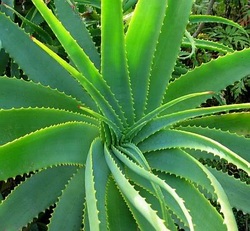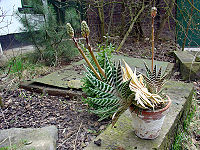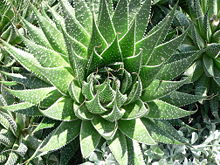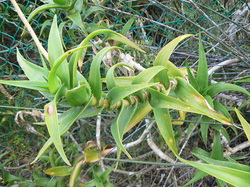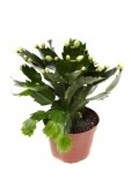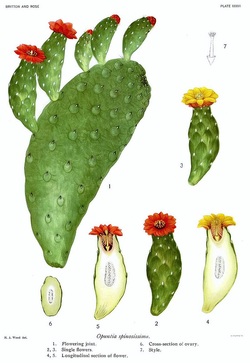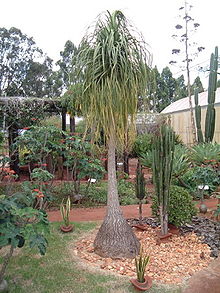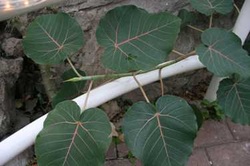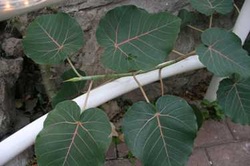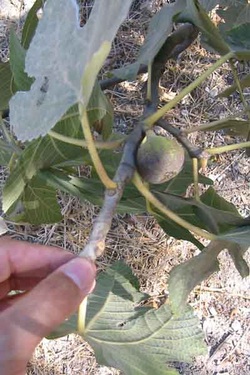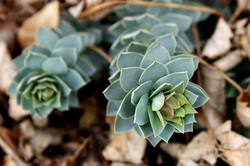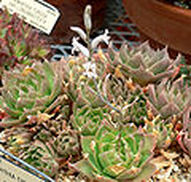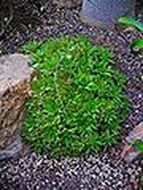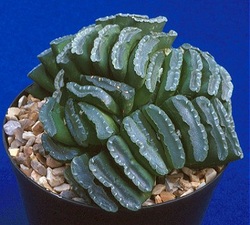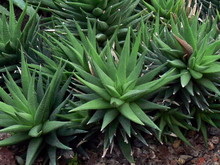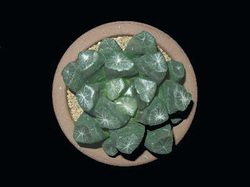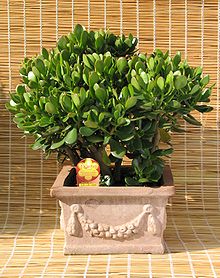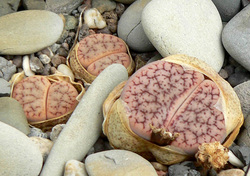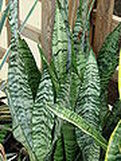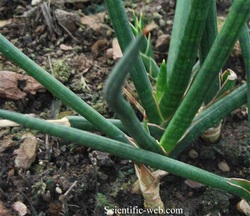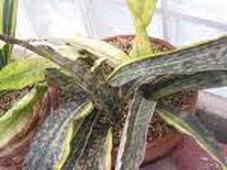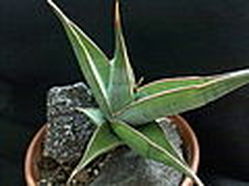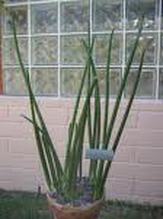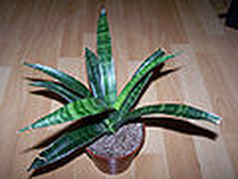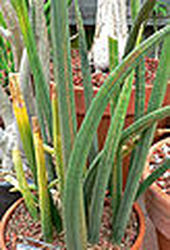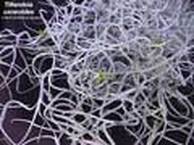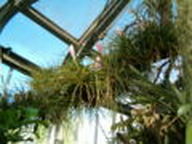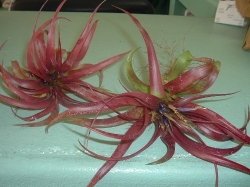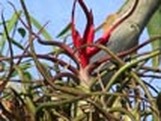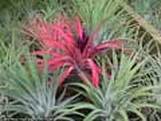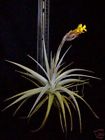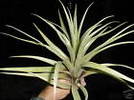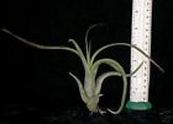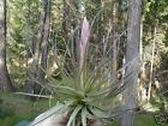Loading
PHOTO DIARY
SAFE PLANTS FOR HERPS
Plants for Desert Environments
ALOES
Aloe Vera the most commonly recognized and kept is a great skin treatment and is found as the first ingredient in most, if not all of the shedding aid products. Aloe is a valued health aid and are edible though just under the outside is a layer secreted that deter most species. Most aloes have very high light needs.
CACTI
Most cacti are very difficult to maintain in the vivarium setting, any attempts will likely be temporary. Their spines are too sharp and the risk is unneccessary. Their light needs are extremely high. There are reproductions done in great detail and make a better option.
The cacti listed below seem to be better able to withstand a higher humidity and a variety of light conditions.
Christmas Schlumbergera will put out rootlets and lack hard spines. Difficult to rebloom and require a die off over winter months. Easier to replace it when in season and enjoy for a few months. Sections are easily broken off if the lizard climbs the plant. Edible.
Consolea falcata is nearly spineless and has a possibility of surviving vivarium conditions.
The San Pedro Cactus (Trichocereus pachanoi)
CAUDICIFORMS
Ponytail Palms (Beaucarnea recurvata) make good temporary vivarium residents great for larger climbing reptiles, like a Frilled Dragon. To slow the growth of the Ponytail Palm keep them in a small pot and water infrequently.
Ficus Petiolaris
Ficus palmeri
Caudexed Figs
Ficus petiolaris and Ficus palmeri can be found in department stores. Both are native to Mexico. Regular pruning can give these small trees a bonsai appearance.
NOTE: These figs secrete a latex when damaged and should not be used with herbivores or larger species that will crush the plant.
Bersera hindsiana
Elephant Ears (Bursera)
Bursera sold by succulent growers are thick stemmed shrubs that grow into shrubs. The easiest to grow in a vivarium is Bursera hindsiana. You might also try your luck with Bursera fagaroides and Bursera microphylla which are known to be touchier.
Euphorbia myrsinites
*spot light recommended
GASTERIA
Cow- or Oxtongue, Bowtie (Gasteria) - cut off any sharp tips. Gasterias are hard to kill for those with less than a stellar track record. UV lighting recommended 4 strip bulbs for best growth.
HAWOTHIAS
Haworthias,
like Aloes come in many safe vivarium varieties.
Haworthia: Hens and Chicks, being one of the most common varieties are widely available, easy to grow outside and have replacements ready; a great choice. Roots are shallow and easily dug up. Haworthias tend to do best when kept in pots.
Jade
Edible
Jade loses leaves easily and needs to be in a low traffic area of the vivarium.
LITHROPS
Lithops or Living Stones are small two leaf unique plants. Only an inch in height. They like very dry conditions but not the hottest temperatures.
SANSEVERIA
S. trifasciata
Edible
Snake plants are one of the most hardy as long as they are not drowned. they will adapt to woodland terrariums if proper drainage is applied. The thick leaves are breakable under duress. Although a desert plant it can survive with less light than others. I have some growing in a north west window.
Tillandsia (Air plants; Spanish Moss; Air Moss)
T. usneoides commonly known as Spanish moss is often used as a natural filtering system between the soil and gravel of the substrate.
Tillandsia ~ Bromeliad
There are two primary forms the 500 or so species of this type of bromeliad. Before buying any Tillandsia, make sure it is a form that will grow well in the environment into which you are planning to put it.
While most Tillandsia are found growing on trees or rocks, some are also found in desert regions. Some, those with green leaves and a root formation but no scales, may be grown as epiphytes or can be planted in soil. Some of these species include:
While most Tillandsia are found growing on trees or rocks, some are also found in desert regions. Some, those with green leaves and a root formation but no scales, may be grown as epiphytes or can be planted in soil. Some of these species include:
Others are strictly epiphytes ("air plant"), noted by their dense covering of grey scales and generally without roots. These are the ones that can be grown on rough tree trunks, the joints of branches, and in or on other structures and artifacts. They need bright light and frequent spraying with water or periodic soaking in water. Epiphyte forms include:
RESOURCES
http://www.anapsid.org/resources/plants2.html
http://www.tropicopia.com/tropicopia/house-plant/index.html
http://en.wikipedia.org/wiki/Flickr
http://fcbs.org/pictures/Tillandsia.htm#species
SAFE PLANTS
http://www.veterinarypartner.com/Content.plx?P=A&A=9&S=4&SourceID=6
http://chppm-www.apgea.army.mil/ento/PLANT.HTM#index
http://www.anapsid.org/pdf/plantlists.txt
http://www.flchams.com/safe_plant_list.asp
GUIDE TO TOXIC PLANTS
http://chppm-www.apgea.army.mil/ento/PLANT.HTM#index
